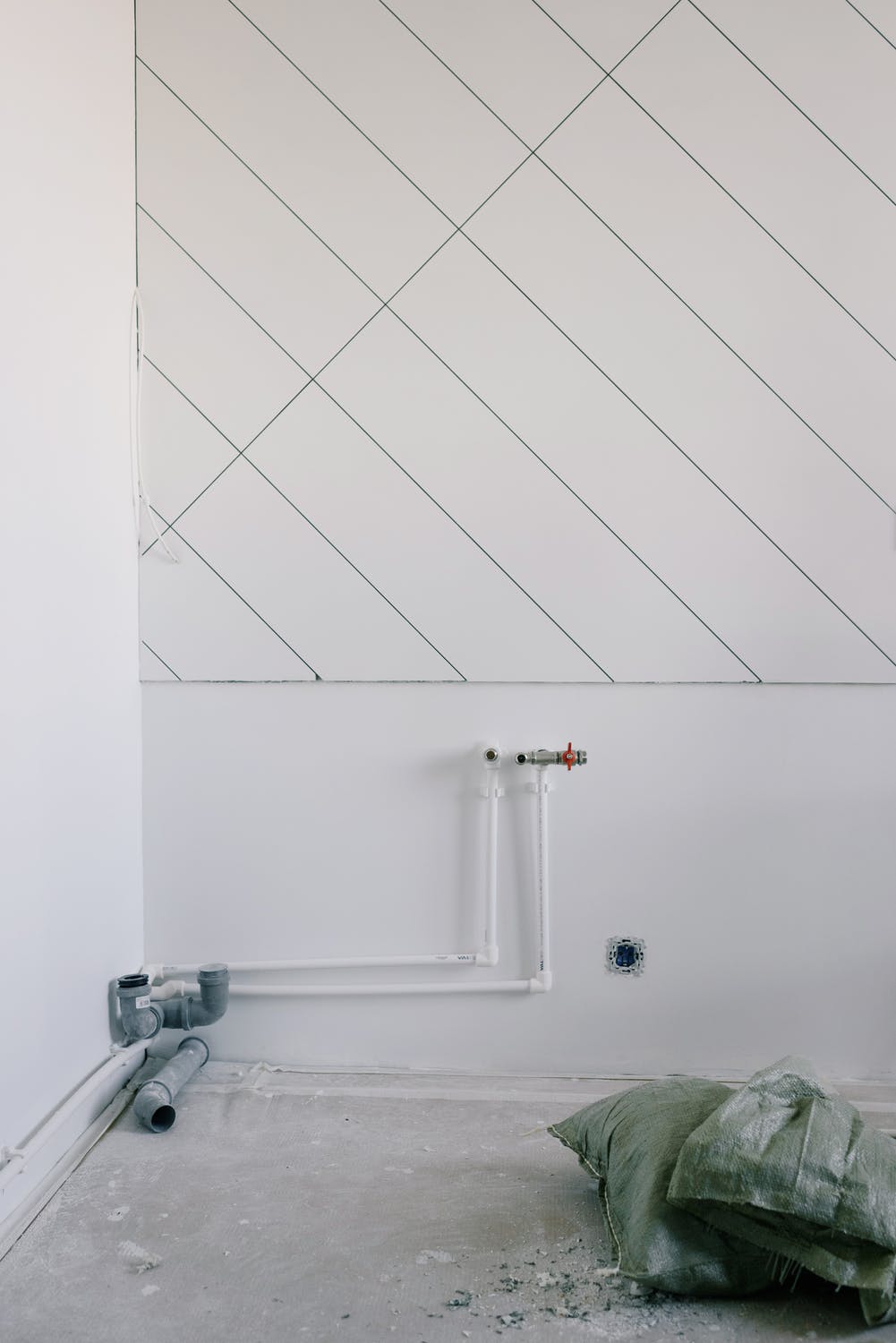What to Consider in Flooring Installation?
In the early stages of planning a remodel, you may be tempted to think about the decorating aspects of redoing your home. You might be excited about picking out new paint colors, putting up new wallpaper, and figuring out how you want to arrange your furniture. But while these things are fun to plan, they're not the most important part of a renovation project. A lot goes into the best flooring installation as well as purchasing them. You need to decide what kind of flooring you want in your home before you go shopping for it. Here's what to consider first:
Type of flooring
There are many types of flooring, and each one requires a different flooring installation process. For example, carpeting or hardwood floors need to be installed differently than tile. If you're unsure what kind of flooring you're looking for, consult with your local home improvement store—they'll be able to provide guidance based on the space you plan to install it in.
Underlayment
Underlayment is the material that goes under the flooring. It’s used to provide a level surface for the flooring to rest on, and also helps absorb some of the impact from walking around it. There are many different types of underlayment out there, but most are made of foam or rubber. You can choose between sheet or roll-type underlayment depending on your needs and where it will be installed.
Floor Joist
Joists are horizontal boards that support the flooring. They should be spaced evenly and strong enough to support the weight of the flooring. They should also be level, straight and free of rot and insect damage.
Subflooring
Subflooring is the layer that sits on top of the joists and provides a sturdy, level surface for your flooring materials to rest on. It may be made from plywood, OSB (oriented strand board), or particleboard. Subfloors are typically installed in two layers: one as a base for the subflooring material and another to sit directly on top of it. Whether you choose to lay down one or both depends on your personal preference and budget; however, if you're looking for an extra level of protection against moisture damage and sound throughout your home, this second layer will ensure your floors last longer than they would otherwise.
Repair and Remove the Old Flooring
The first step in flooring installation is removing the old flooring. The removal process of your old floors will depend on what type of floor you have, and it is important to note that some floor coverings are more difficult to remove than others. Here are some tips for removing different types of floors:
- Vinyl flooring – These types of floors can be very easy to remove from your home if they have been installed correctly and if you followed the manufacturer’s instructions. With vinyl, you simply pull up on the edges until the entire sheet peels off intact, then lay each sheet over one another so they don't curl up while they dry out. For added convenience, consider using an adhesive remover spray like “Goof Off” or “Mr Clean Eraser” before beginning this process so that any remaining adhesive doesn't get stuck in your carpet or rug!
- Carpet – If you have an older carpet or rug in your home that has seen better days but still seems like too much hassle to replace just yet (or ever), technicians will come out and help determine whether there's enough life left in your old rugs/carpets for them to salvage them instead of replacing them outright—saving time and money along with reducing waste!
Get Ready for Installation
- Check the floor level.
- Check the joist spacing, depth and reinforcement.
- Check the joist size and type (2×6, 2×8, etc.).
Let's face it, you're going to be seeing a lot of your home's flooring! This can be a s
Let's face it, you're going to be seeing a lot of your home's flooring! This can be a small part or a large part of your living space. It will also be the first thing people see when they enter your home, so it should make an impact that lasts long after they leave.
- The flooring you choose will most likely affect the comfort level of your home. If you have hardwood floors, for example, then this means that each room in which these are installed is going to have some sort of cushioning underneath them (such as carpet padding). If a person has allergies or sensitive skin, then this may not work well for them because there are fibers present in both carpet and wood floors that could cause issues with their bodies' health over time.
- The type of flooring material used in any given room will also determine how easy it is to maintain over time—whether this means cleaning spills promptly or having accessorized rugs nearby so dust doesn't settle too much onto bare surfaces like hardwood floors.
We hope that this information will help you with your flooring installation. If you still have any questions we, at JRK Flooring, are here to help!.



